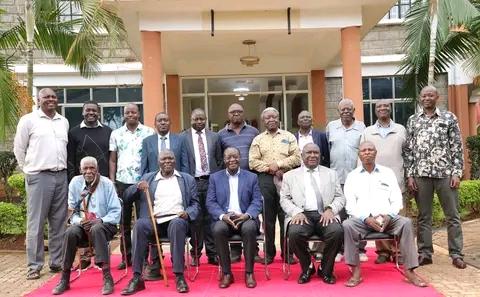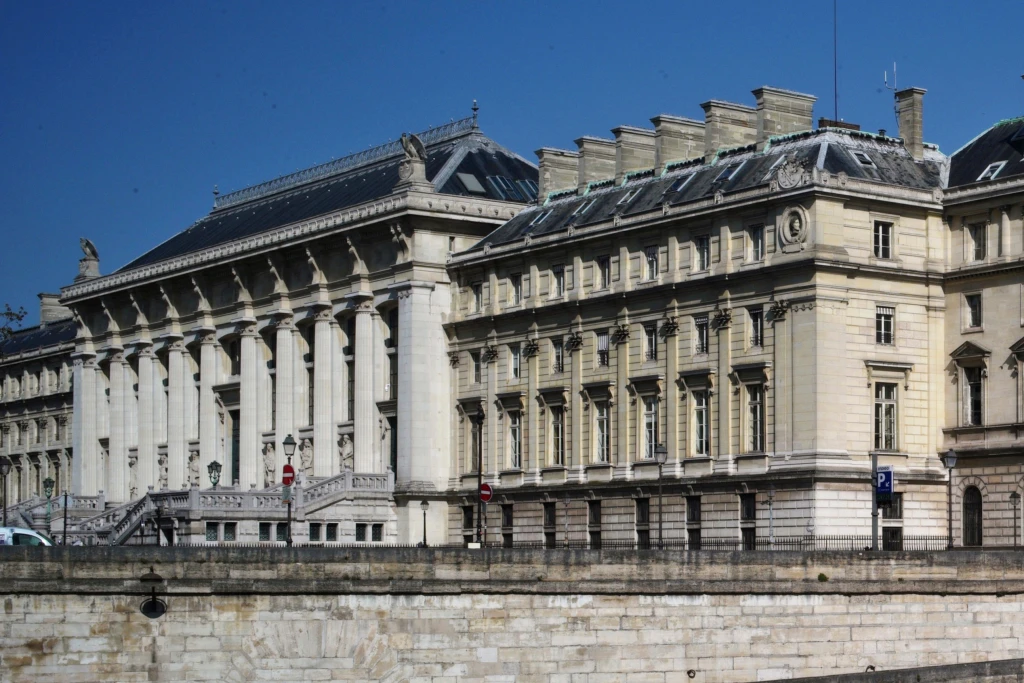
Conservation of indigenous culture is being given pre-eminence in Vihiga County following a consultative meeting between Tirik and Terik communities with the county government.
The meeting attended Vihiga County Governor Wilbur Ottichillo discussed, among other things, the orthography of the dialects of the two sub-clans of the larger Luhyia and Nandi tribes respectively.
While Tiriki trace allegiance to the Luhyia community, the Terik identify with the Nandi community of Rift Valley. The Luhyia are Bantu while the Nandi are Highland Nilotic. The Tiriki and Terik have co-existed for centuries to the point of sharing a common culture despite their different ancestries.
Dr Ottichillo observed that cultural conservation is one of the tenets of United Nations Educational, Science and Cultural Organisation (UNESCO) that places premium on indigenous cultures as a human and inalienable right. The governor met cultural elders from the Tiriki and Terik communities.
The meeting, held at Vihiga County headquarters, Mbale Town, focused on key cultural development initiatives to empower local communities and safeguard traditional practices. The other core issues discussed were support and funding for the Tiriki and Terik traditional circumcision festivals, strengthening of cultural festivals at sub-county levels to boost cultural pride and intergenerational knowledge transfer.
According to UNSCO, “From cherished historic monuments and museums to living heritage practices and contemporary art forms, culture enriches our lives in countless ways and helps build inclusive, innovative and resilient communities.
“Protecting and safeguarding the world’s cultural and natural heritage and supporting creativity and dynamic cultural sectors are fundamental to addressing the challenges of our time, from climate change to poverty, inequality, the digital divide and evermore complex emergencies and conflicts… No development can be sustainable without a strong culture component. Indeed only a human-centred approach to development based on mutual respect and open dialogue among cultures can lead to lasting peace.”
Also discussed is the proposed construction of a cultural centre for the Terik community, equipping and operationalising Shiru Cultural Centre and Shamakhokho Resource Centre, plus documentation and digitisation of cultural heritage assets from both communities.
Besides the governor was requested to support the Lutirichi Book Writing Initiative to preserve oral literature and history of the two communities. Lutirichi is a Luhyia sub-dialect spoken by the Tikiri.
Ottichillo reaffirmed his administration’s commitment to promoting cultural diversity as a pillar of development, noting that safeguarding indigenous knowledge systems is vital for community identity and cohesion.
“We are proud of the rich traditions of the Tiriki and Terik people. As a county, we are determined to ensure their cultural assets are not only preserved but also harnessed for education and tourism purposes,” the governor observed.
The governor also emphasised the need for structured support to cultural institutions and resource centres to enable meaningful participation of youth in traditional knowledge systems.
Notable elders present at the meeting included John Bor, Morris Ingati and Wycliffe Sakwa Mmaitsi, who lauded the county government’s efforts and pledged continued collaboration in realizing the cultural development agenda.
- A Tell Media / KNA report / By Ian Mugamangi







